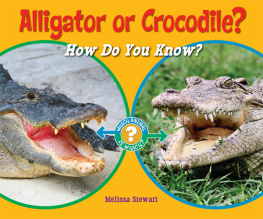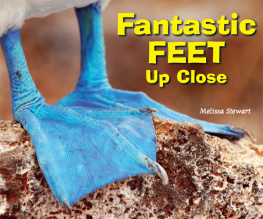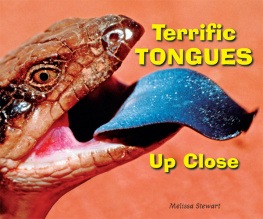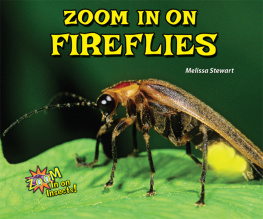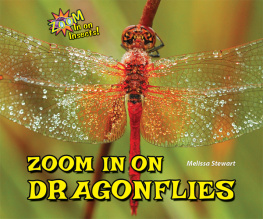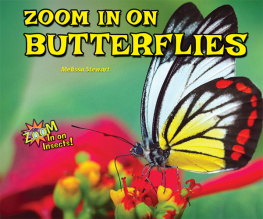Take a Close Look!
Have you ever seen a grasshopper up close? What does it look like? How does it eat? What is its life cycle? When you check out the "Zoom Bubbles" on every spread of this book, you will get an up-close peek at this insect's body, eyes, antennae, wings, and more!
"THIS SERIES IS A GREAT INTRODUCTION TO THE INSECT WORLD, HIGHLIGHTING APPEALING AND FAMILIAR EXAMPLES."
Helen Hess, PhD, Series Science Consultant
Professor of Biology
College of the Atlantic
Bar Harbor, Maine
"YOUNG READERS WHO LIKE FLYING AND CRAWLING INSECTS WILL LOVE THESE INFORMATION-PACKED BOOKS!"
Allan A. De Fina, PhD, Series Literacy Consultant
Dean, College of Education/Professor of Literacy Education
New Jersey City University
Past President of the New Jersey Reading Association
About the Author
Trained as both a scientist and journalist, Melissa Stewart is the award-winning author of more than 100 books for young readers. While gathering information for her books, Melissa has explored tropical forests in Costa Rica, gone on safari in Kenya and Tanzania, and swum with sea lions in the Galpagos Islands.

antennae (an TEN ee)Two long, thin body parts on the head of insects and some other animals. Antennae help animals sense the world around them.
nymph (NIMF)The second part in the life cycle of some insects. A nymph changes into an adult.

Image Credit: Shutterstock.com

Image Credit: loraks/Photos.com
Grasshoppers live in many parts of the world. They need warm weather and lots of plants to eat.
Youll find some kinds of grasshoppers in fields, gardens, and deserts. Others live in trees and bushes.

Image Credit: Shutterstock.com

Image Credit: Shutterstock.com
A grasshopper is an insect. An insect has six legs. And its body has three parts.
An insects head is in the front. The thorax is in the middle. The abdomen is the part at the back.

Image Credit: Andrea GonAalves/Photos.com

Image Credit: Shutterstock.com
See the two big eyes on this grasshoppers head? They help it see shapes and colors. They can tell when something moves.
A grasshopper also has three small eyes. They can tell if it is day or night.

Image Credit: Shutterstock.com

Image Credit: Shutterstock.com
A grasshopper has two long antennae on the top of its head. They can feel and smell. Some can hear, too. But most grasshoppers have ears on their legs!

Image Credit: Shutterstock.com

Image Credit: Shutterstock.com
A grasshopper has six legs. They are attached to the middle of its body.
A grasshopper uses its legs to walk from place to place. The front legs can hold food. The back legs help the insect jump through the air.

Image Credit: Shutterstock.com

Image Credit: Dietmar Nill/NPL/Minden Pictures
Most grasshoppers have two sets of wings. But they do not fly as well as other insects. Grasshoppers stretch out their wings when they jump. That helps them glide a long way.

Image Credit: Shutterstock.com

Image Credit: Boris Pamikov/Photos.com
A grasshopper is not a picky eater. It will munch on any plant it can find. It likes the grass in your yard. It likes corn, wheat, and clover, too. It even eats tree bark.

Image Credit: Shutterstock.com

Image Credit: Shutterstock.com
Many grasshoppers are green. They stay safe by blending in with leaves.
Other grasshoppers eat plants that are full of poison. Then they become poisonous, too. Their bright bodies send out a message. They say, Dont eat me. You will get sick.

Image Credit: Richard Leighton/Photos.com

Image Credit: David Acosta Allely/Photos.com
A young grasshopper is called a nymph. It looks a lot like its parents. But it is small and has no wings.
The nymph eats and grows, eats and grows. After six to eight weeks, it turns into an adult.

Image Credit: Murray, Patti/Animals Animals
This nymph does not have wings.










